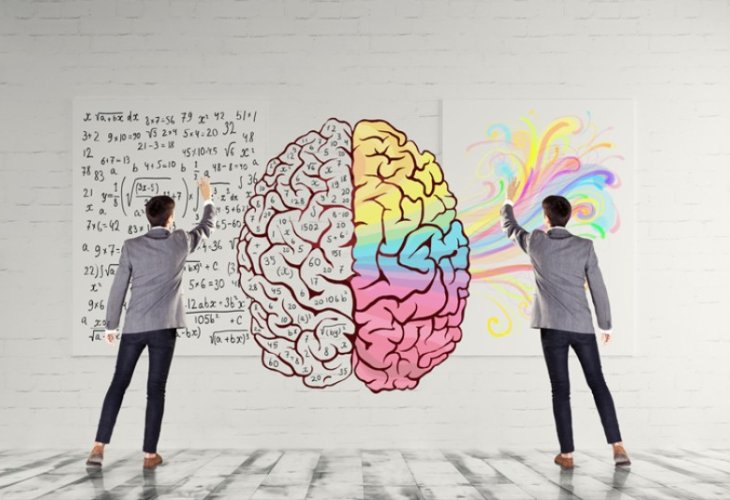Wonders of Creation
Chirology Explained: How Hand Differences Reveal Your Inner World
Learn how the differences between your hands reflect the present, the past, and hidden aspects of your subconscious

What is the difference between our right and left hands? Do we need both hands for assessment? Can hands change over time? Before diving into deeper analysis, are you right-handed or left-handed?
Right and Left Hands
Both hands are important and contain valuable information.
Most people are right-handed. For them:
The right hand reflects the present, showing the person’s current state of awareness. It expresses the outward-facing side of personality.
The left hand reflects a person’s history, the unconscious part of their personality, and the influence of dominant figures during childhood. It expresses the inward-facing side of personality, describing the subconscious.
Often, there are significant differences between the two hands — whether in lines, fingerprints, palm structure, finger length, or even color. Different hands suggest a complex personality with rich traits. Hands that look too similar, on the other hand, suggest rigidity and difficulty changing thought patterns or behaviors.
If the right hand is dominant, it represents the present. But if the left hand is dominant, it should be read as the “right” hand, while the actual right becomes the “left.”
With this foundation, we can run two tests.
Test One: Clapping
This test reveals which hand is dominant. Try clapping right over left, or left over right. Notice which feels more natural. Although clapping isn’t fully instinctive, after a few tries you’ll return to your natural tendency. Do you clap with your right hand active and your left resting, or the reverse?
The Three Ways of Clapping
Right over left
Left over right
Equal clapping, both hands meeting in the middle
Typically, right-handed people clap right over left, and left-handed people do the opposite. This is considered healthy and balanced, symbolizing forward movement.
If a right-handed person claps left over right (or vice versa), it suggests complexity that requires deeper analysis of all hand features to reach firm conclusions.
Equal clapping, with both hands meeting symmetrically, indicates the ability to act with both hands equally well. It also suggests childlike aspects in the personality. Indeed, small children often clap this way. For adults, it can reflect unconscious resistance to fully growing up. For example:
A woman in her 30s, married with children, who remains unusually dependent on her husband.
A highly talented man who repeatedly fails to finish commitments, such as never handing in the final project or completing the last exam. His subconscious “sabotages” progress with excuses, because finishing would mean stepping fully into adulthood and responsibility.
In such cases, the subconscious maintains the status quo — keeping the person from truly maturing.
Test Two: Interlacing Fingers
A right-handed person should naturally lace their fingers with the right thumb resting on top, and a left-handed person with the left thumb on top.
If a right-hander laces fingers with the left thumb on top, this indicates that the person is being governed by past patterns rather than living by their present abilities. The same applies in reverse for left-handers.
Still, there are exceptions. Sometimes a person intuitively chooses to place the “weaker” thumb on top because that hand contains stronger qualities. As we’ve said, hands differ. Only a full analysis can determine whether this interlacing is “correct” or not.
This is just a glimpse into the fascinating field of chirology (palm analysis). It is recommended not to draw sweeping conclusions about yourself or others based solely on what is written here.
The author is a psycho-chirologist and a coach for personal empowerment.

